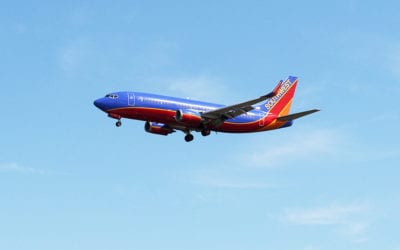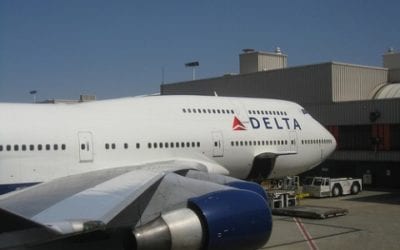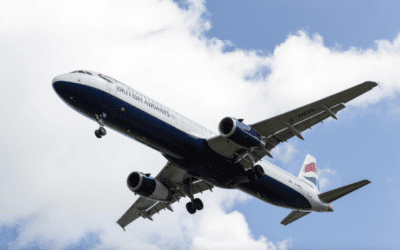While JetBlue, Southwest and Virgin America have frequent flier programs based in part on dollars spent, the legacy carriers have predominantly stuck to the “miles for status” rule.
Now, there are some exceptions: United Airlines does have “Global Services,” and American has “Concierge Key,” which are tied to spending, and airlines generally give bonus elite qualifying miles for first, business and even higher priced tickets.
But, in general, being “1k” or “Executive Platinum” can be attained by anyone who flies enough miles. Delta’s plan, which may or may not be a trial balloon, could change all that.
Further, it may change the way many corporations deal with their frequent fliers.
Under the new Delta plan, to achieve Diamond level will not only take 125,000 miles, it will take $12,500. Platinum will be 75,000 miles and $7,500; Gold, 50,000 miles and $5,000; Silver, 25,000 miles and $2,500.
Fulfilling the money requirements shouldn’t be too hard for international business class travelers, since one or two trips could easily total $12,500. But those travelers, while the most lucrative for airlines, are only a fraction of regular frequent fliers.
The dollar requirement is no doubt partially to stop pure “mileage runs” (inexpensive long-distance trips just to achieve status). But any business traveler who flies using economy class fares will find that keeping higher Medallion status will take some effort. Or, perhaps better put, effort not to make an effort.
For example, a cross country trip these days can be purchased for anywhere from a few hundred dollars to well over $1,000 for the same seat. It depends on how far in advance the ticket is booked, the available booking class and, sometimes, the choice of booking class.
Delta, in the San Francisco to New York market, has 19 different coach fares, ranging from $162 one way to $1,623.
Even for a flight leaving tomorrow, at the time of writing, there are fares for the same flight from $497 up to that $1,623 — all of them in economy class.
Some frequent fliers have known for years that when trying to upgrade it may be better to book a slightly higher fare either in order to be higher on the waitlist or lessen the co-pay. But, in general, most business travelers have had little reason to seriously inflate their ticket price.
Even with a trip with dates that may change, savvy travelers know (and a good travel agent can point out) that paying a lower fare plus a change fee often still results in a much less expensive trip than paying a completely unrestricted fare in the first place.
Some corporations already have very restrictive travel policies, where travelers cannot choose their airline or price, but many companies still leave it to the individual.
While most travelers may be concerned for their company’s bottom line, it could be a whole different story when booking the lowest fare means a lot more sitting in the back of the plane and no more exit-row seats.
My guess is that the higher mileage amounts will cause more than a few Delta travelers to try to book themselves on the higher fares, which is going to put the airline completely at odds with cost conscious travel managers.
And, if costs start going up, that could result in more corporate travel restrictions, including, potentially, not allowing travelers to choose their preferred airline.
Of course, all this could change. I believe that Delta announced this program change with a 2014 start date to have plenty of time for feedback. No doubt the other legacy carriers are watching Delta’s frequent fliers’ reactions carefully.
Janice Hough is a California-based travel agent a travel blogger and a part-time comedy writer. A frequent flier herself, she’s been doing battle with airlines, hotels, and other travel companies for over three decades. Besides writing for Travelers United, Janice has a humor blog at Leftcoastsportsbabe.com (Warning, the political and sports humor therein does not represent the views of anyone but herself.)




